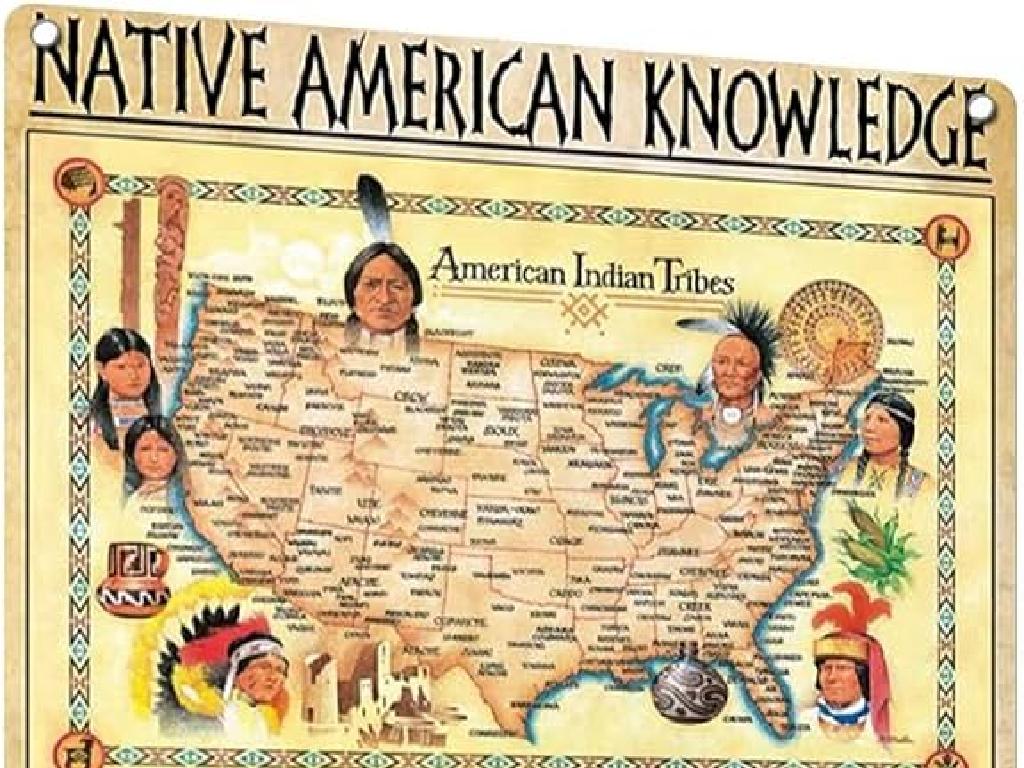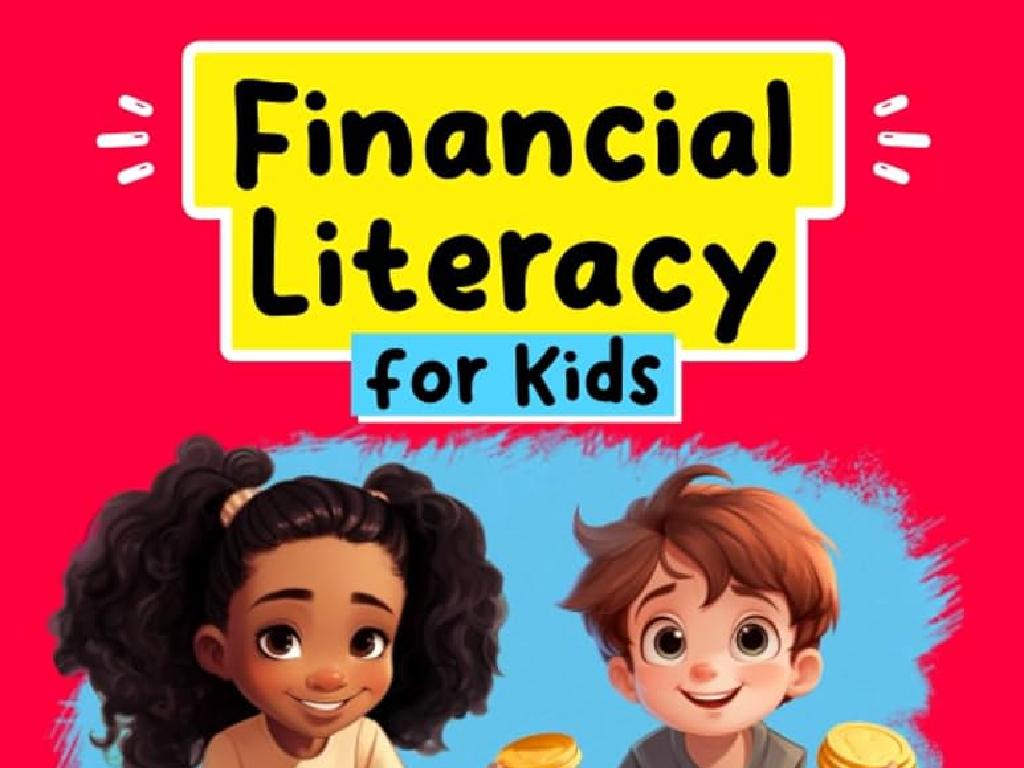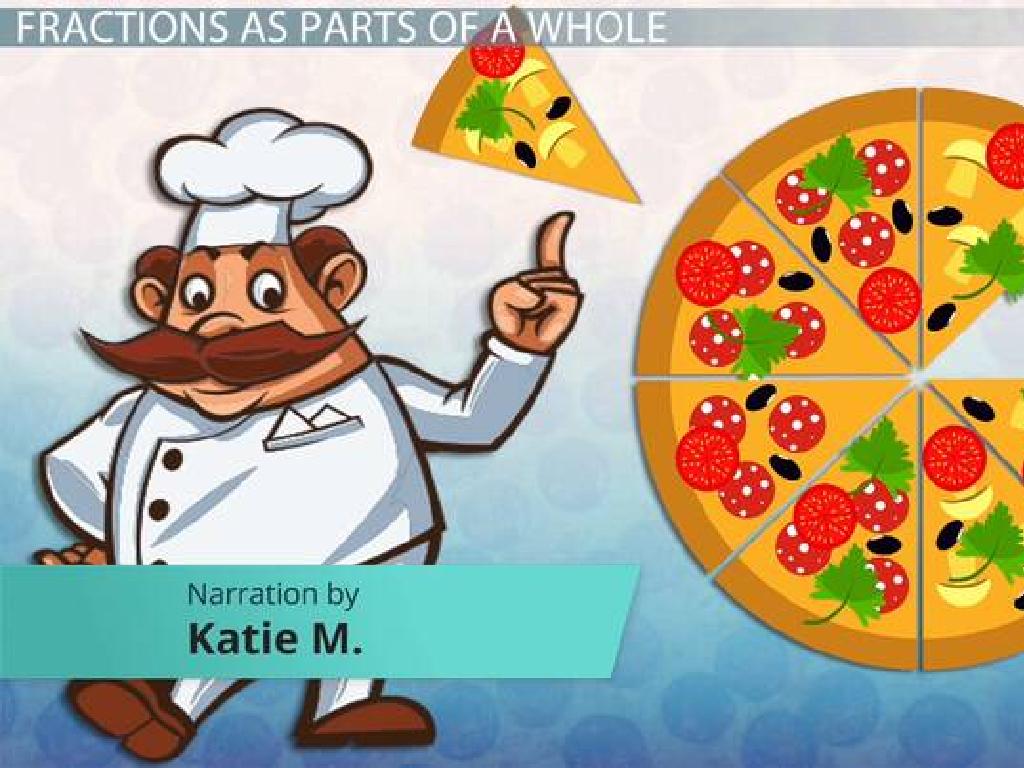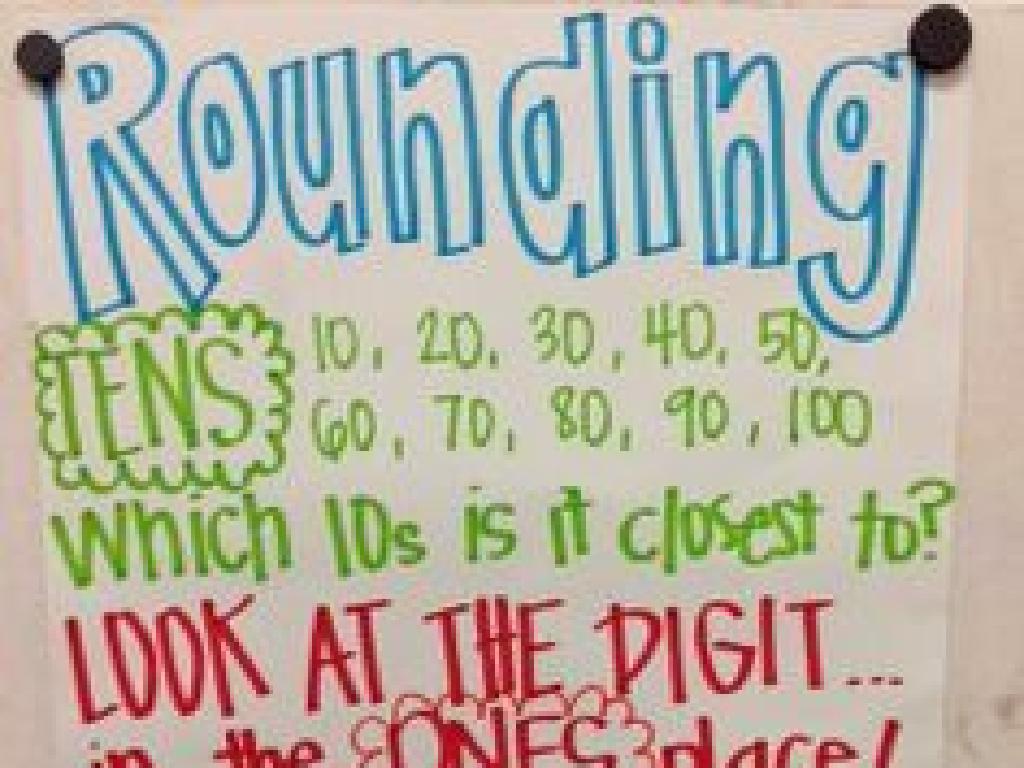Compare And Contrast In Informational Texts
Subject: Language arts
Grade: Fifth grade
Topic: Text Structure
Please LOG IN to download the presentation. Access is available to registered users only.
View More Content
Understanding Text Structures: Compare & Contrast
– Texts have unique structures
– Today’s focus: Compare & Contrast
– Importance in informational texts
– Helps identify similarities & differences
– Enhances comprehension & critical thinking
– Allows deeper understanding of the material
|
This slide introduces the concept of text structures and zeroes in on the ‘Compare and Contrast’ structure, which is pivotal in understanding informational texts. Emphasize to students that recognizing how texts are organized helps them to comprehend and analyze the information more effectively. Comparing and contrasting involves identifying the similarities and differences between two or more ideas, which is a critical skill in understanding and engaging with informational content. Encourage students to think about why being able to compare and contrast can help them in other subjects as well, such as science and social studies. Provide examples of compare and contrast from texts they are familiar with, and prepare them for activities where they will practice this skill.
Understanding Compare and Contrast
– Define Compare and Contrast
– Comparing is finding similarities, contrasting is finding differences.
– Key words to identify
– Words like ‘similar’, ‘both’, ‘different’, and ‘whereas’ signal comparisons or contrasts.
– Everyday life examples
– Comparing apples and oranges, contrasting cats and dogs.
– Practice finding similarities and differences
|
This slide introduces the concept of compare and contrast, which is a critical component of text structure in informational texts. Start by defining the terms ‘compare’ and ‘contrast’ for the students, emphasizing that comparing involves identifying similarities between items, while contrasting focuses on their differences. Highlight key words and phrases that often signal a comparison or contrast in a text, such as ‘similar’, ‘both’, ‘unlike’, ‘on the other hand’, and ‘whereas’. Provide relatable examples, such as comparing the taste of apples to oranges or contrasting the habits of cats with dogs, to illustrate the concept in a context familiar to fifth graders. Encourage students to practice by finding similarities and differences in subjects they encounter in their daily lives or other reading materials. This will prepare them for more complex comparisons and contrasts in informational texts.
Signal Words in Text Structures
– Words signaling comparisons
– Similar, alike, both, and just as
– Words indicating contrasts
– However, but, on the other hand, and yet
– Practice with signal words
– Find signal words in example sentences
|
This slide introduces students to signal words that are commonly used in texts to indicate comparisons and contrasts, which are key components of the text structure. Understanding these words will help students to better compare and contrast information in informational texts. The slide lists examples of words that signal both similarities and differences. For the practice activity, provide sentences and ask students to identify the signal words and whether they indicate a comparison or a contrast. This will help reinforce their understanding and application of these words in reading comprehension. Encourage students to think of additional signal words and use them in their own sentences.
Exploring Compare and Contrast
– Authors’ use of compare & contrast
– It shows similarities and differences in information.
– Read a passage as a class
– Find comparisons in the text
– Look for words like ‘similarly’ or ‘just as’.
– Spot the contrasts in the text
– Look for words like ‘however’ or ‘on the other hand’.
|
This slide introduces the concept of comparing and contrasting within informational texts, a key component of text structure in the Language Arts curriculum. Begin by explaining how authors use this structure to organize information by discussing similarities and differences. Read a short passage together as a class to provide a practical example. Guide students to identify comparisons by finding keywords or phrases that indicate similarity. Similarly, help them to recognize contrasts by looking for words that signal differences. Encourage active participation and provide immediate feedback to ensure comprehension. This activity will enhance critical thinking and analytical skills as students learn to dissect text structure.
Using Venn Diagrams to Compare and Contrast
– What’s a Venn Diagram?
– A tool with overlapping circles to show similarities and differences.
– Benefits of Venn Diagrams
– Helps visually organize comparisons and contrasts.
– Comparing with Venn Diagrams
– Draw two overlapping circles, list unique features in outer sections and common ones in the middle.
– Venn Diagrams and Text Passages
– Use a passage to fill out a Venn Diagram together in class.
|
Introduce Venn Diagrams as a graphical organizer that helps students visualize the similarities and differences between two or more items. Explain how this tool can aid in comparing and contrasting elements within informational texts. Demonstrate creating a Venn Diagram using a sample passage, guiding students to identify unique and shared characteristics to place in the diagram. For the class activity, provide a passage and have students work in groups to fill out a Venn Diagram based on the text. This will enhance their understanding of the text structure and improve their analytical skills.
Compare and Contrast in Our World
– Discover compare & contrast examples
– Group activity: Compare two subjects
– Choose two animals, sports, or foods
– Write down similarities & differences
– Use a Venn diagram to organize thoughts
– Share findings with the class
|
This slide introduces students to the concept of comparing and contrasting in everyday life. Encourage students to think of examples where they naturally compare things, like choosing between two snacks. For the group activity, students will work in small groups to pick two items from the given categories and discuss their similarities and differences. They can use a Venn diagram to help organize their thoughts. After the activity, each group will present their findings to the class, fostering public speaking skills and reinforcing the concept of compare and contrast. Possible activities: comparing two animals based on habitat, diet, etc., contrasting two sports by rules or equipment, or comparing two foods by taste, ingredients, or origin.
Class Activity: Crafting a Compare and Contrast Essay
– Write a short essay comparing two topics
– Choose topics from the provided list
– Use signal words to structure your essay
– Words like ‘similarly’, ‘however’, ‘but’ guide the reader through comparisons and contrasts
– Organize ideas with a Venn Diagram
– Draw two overlapping circles to visually map out similarities and differences
|
In this activity, students will apply their understanding of comparing and contrasting by writing a short essay. Provide a list of paired topics for students to choose from, ensuring they are relatable and appropriate for fifth graders. Explain the use of signal words to help structure their essays and clarify the points of comparison and contrast. Introduce or review the concept of a Venn Diagram as a pre-writing tool to help organize their thoughts. For the activity, students can work individually or in pairs to brainstorm, draft, and revise their essays. Possible topics could include comparing two animals, historical figures, or favorite books. Encourage creativity and critical thinking as they analyze the similarities and differences between their chosen subjects.
Review and Reflection: Comparing and Contrasting
– Recap of today’s lesson
– Benefits of compare and contrast
– Helps organize thoughts & understand texts better
– Homework assignment
– Find a text & spot the compare and contrast structure
– Applying what we’ve learned
|
Today’s lesson focused on understanding how to compare and contrast within informational texts, a key component of text structure. This skill helps students to organize their thoughts and enhances their ability to understand complex information by identifying similarities and differences. For homework, students are tasked with finding an informational text and pinpointing the sections where comparison and contrast are used. This will reinforce their learning and provide practical experience. In the next class, we’ll discuss their findings, which will help solidify their understanding of the concept. Encourage students to choose texts on topics they’re interested in to make the assignment more engaging.






